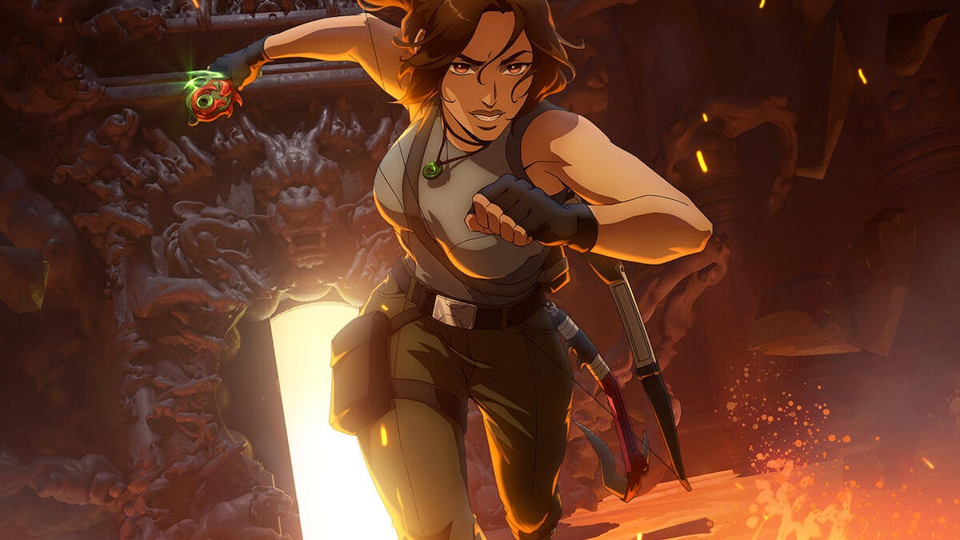When Netflix announced Tomb Raider: The Legend of Lara Croft, fans were thrilled to see one of gaming’s most iconic characters in a new animated series. This iteration, starring Hayley Atwell as the voice of Lara, promised a thrilling adventure rooted in Lara’s long history of treasure hunting and battling ancient evils. Yet, as the series hit screens in October 2024, it quickly became the center of controversy, dividing both longtime fans of the Tomb Raider franchise and newcomers to the saga.
The Nostalgia Factor and High Expectations
For many, Lara Croft is more than just a character; she represents decades of adventure, mystery, and groundbreaking video game moments. Since her debut in the ’90s, Lara has evolved from pixelated adventurer to fully rendered action star, both on consoles and the silver screen. With such a rich legacy, expectations for the animated series were sky-high. Fans hoped the show would embody the best of Lara’s action-packed adventures while bringing something fresh and innovative to the table.
However, the animated series took a different approach, focusing more on Lara’s emotional journey and inner battles than just physical combat and daring quests. This shift in tone and emphasis surprised some fans who were expecting a more action-driven narrative, reminiscent of the earlier games and movies.
A Generic Storyline or a Deeper Arc?
One of the primary criticisms directed at The Legend of Lara Croft is its seemingly generic storyline. The plot revolves around Lara’s quest to stop an antagonist, Charles Devereaux, from collecting relics that threaten to unleash world-ending powers. It’s a formula familiar to anyone who’s followed Lara through her many adventures. While this setup might have worked in past games or films, many fans were left feeling that the narrative lacked originality or any major plot twists.
But where the show falters in plot, it aims to make up in character development. Showrunner Tasha Huo has been clear that the series is about more than just action; it’s about Lara’s growth. The animated series picks up after the Tomb Raider reboot games, showing Lara as she grapples with personal loss, isolation, and vulnerability. At its core, this is a character study of Lara Croft – a woman who must navigate not just ancient ruins but also her inner demons.
While this deeper, more introspective approach resonated with some, it alienated others who were expecting more of the fast-paced, adrenaline-pumping action sequences that Tomb Raider is known for. For these viewers, the series’ focus on Lara’s emotional arc, while important, took precedence over the adventure aspect, leaving them wanting more from the action scenes.
Visuals and Voice Acting: The Series’ Strengths
Despite the divisive story, few can argue against the show’s impressive animation. Produced by Powerhouse Animation, the studio behind Netflix’s Castlevania, the visuals are striking. From ancient ruins to sprawling landscapes, the animation captures the grandeur and scale of Lara’s globe-trotting adventures. Action sequences, such as a standout fight where Lara battles while dressed in a ballgown, have been lauded for their dynamic fluidity and attention to detail.
Hayley Atwell’s performance as Lara Croft is another high point of the series. Atwell brings both strength and vulnerability to the role, breathing new life into the character. Her ability to balance Lara’s toughness with moments of emotional depth has earned praise from fans and critics alike. Atwell’s take on the character has helped make this version of Lara more relatable than ever before, portraying her not as an untouchable action hero but as a flawed and complex individual.
Divided Reactions and Future Prospects
Ultimately, The Legend of Lara Croft is a series that takes risks. It trades in the high-octane, puzzle-solving action of previous adaptations for a more emotionally resonant story, showing a Lara Croft at her most human. This decision has sparked mixed reactions, with some fans applauding the more grounded, introspective take, while others feel it strays too far from the essence of the franchise.
With Netflix already planning a second season, there’s hope that future episodes will strike a better balance between action and emotional depth. Whether the series will continue to divide fans or eventually win over skeptics remains to be seen, but one thing is clear: Lara Croft is far from finished, and her legend continues to evolve.
